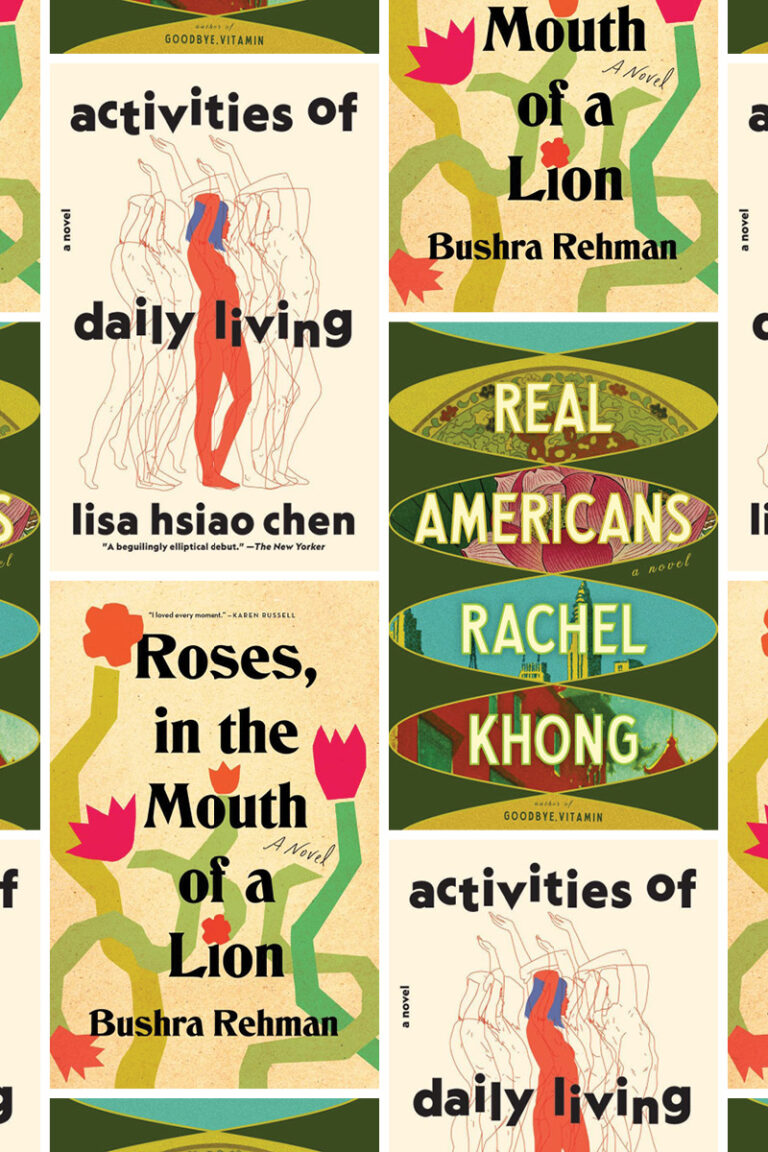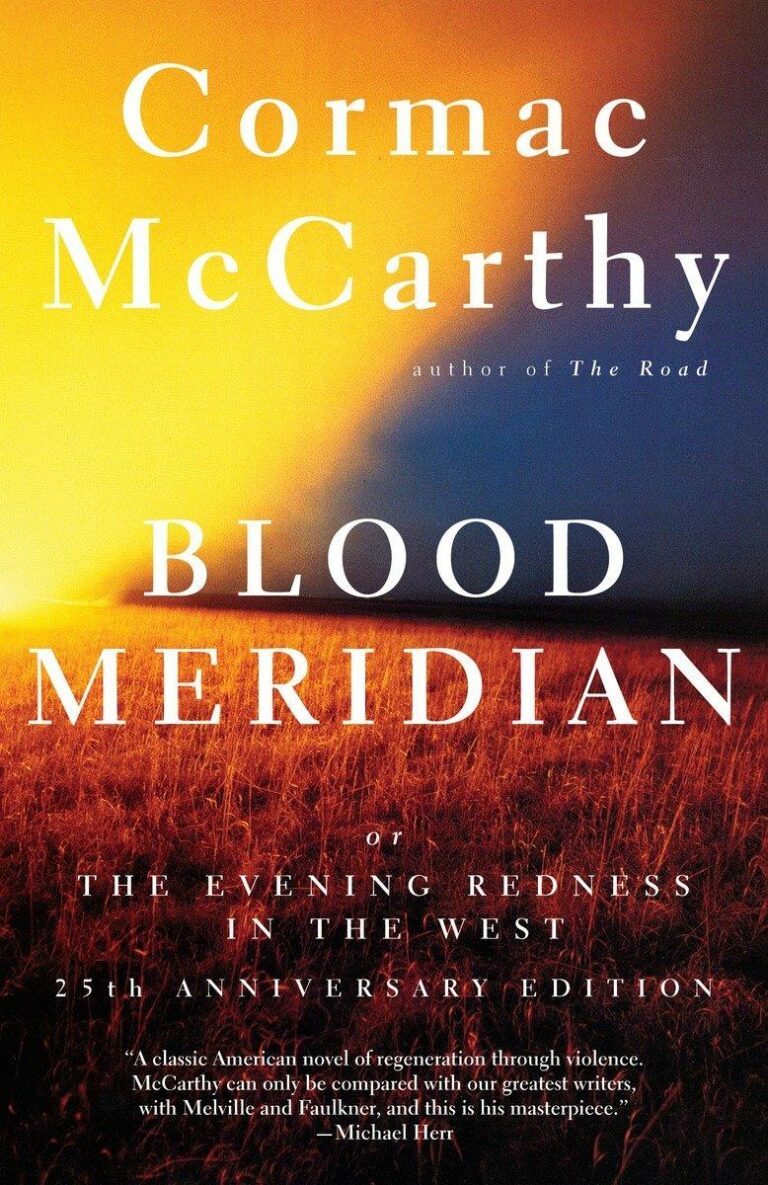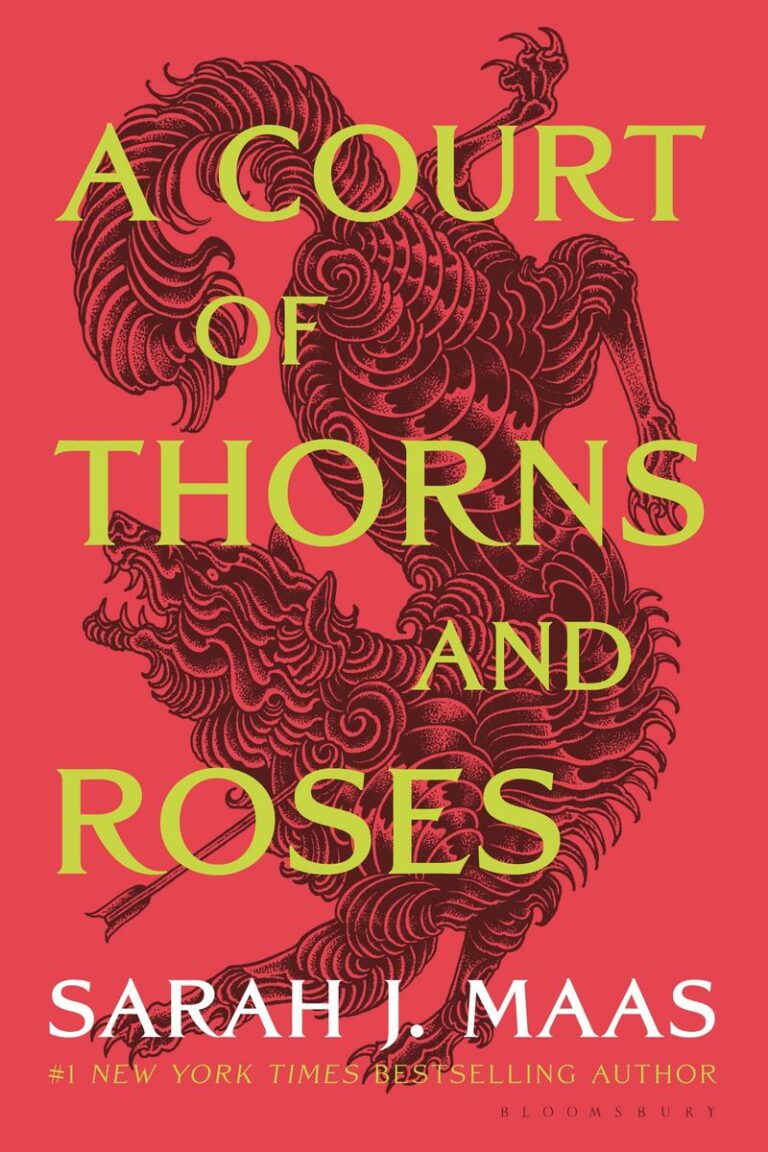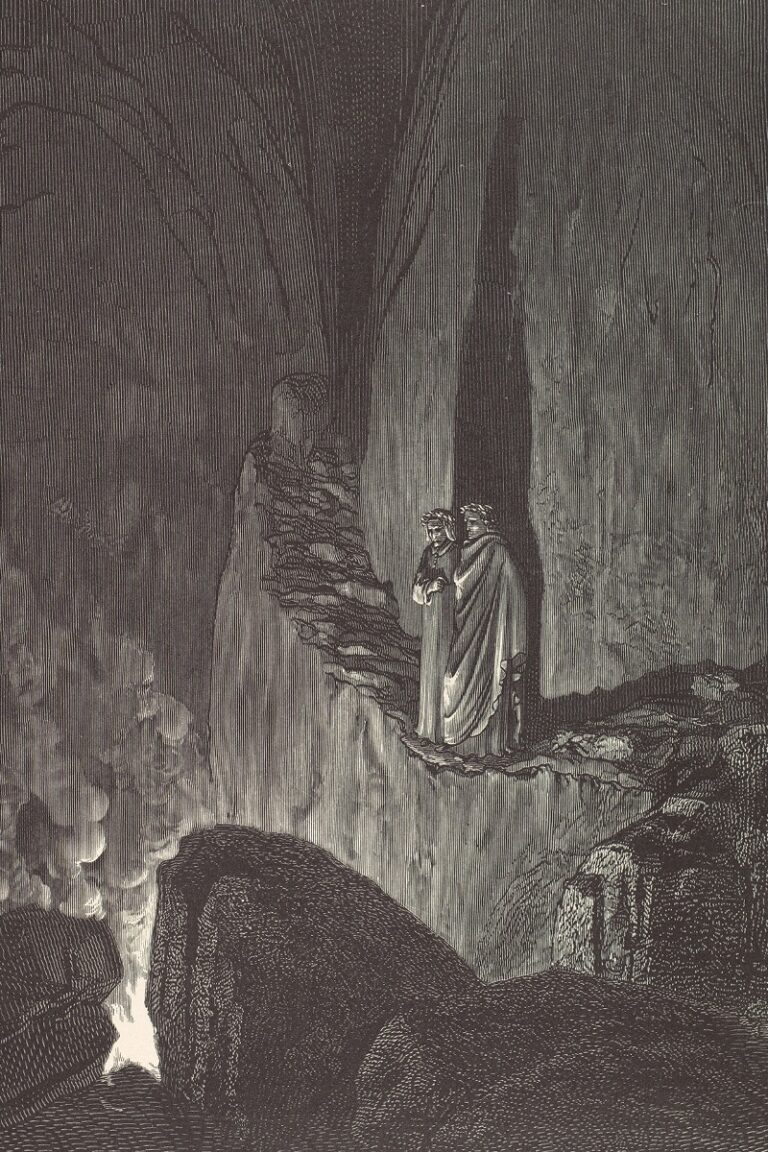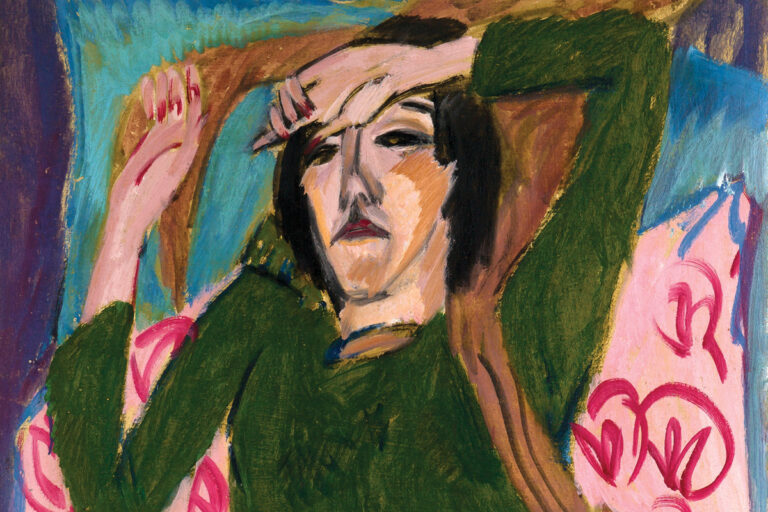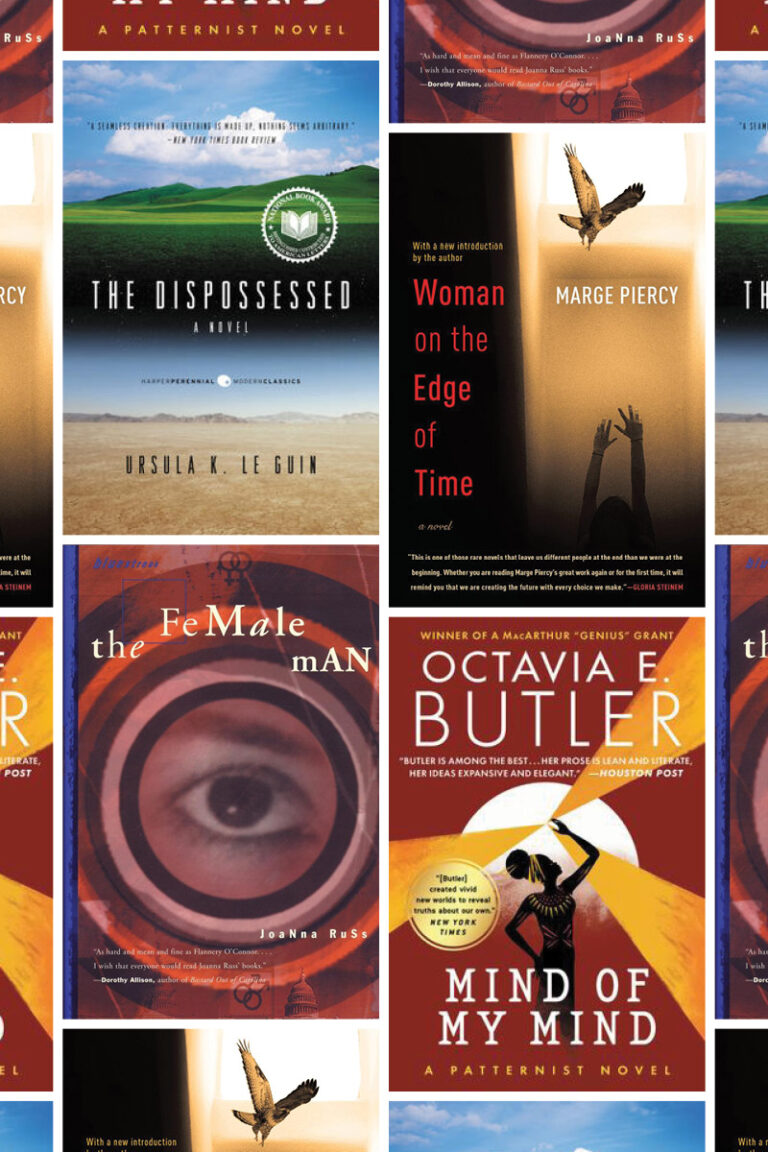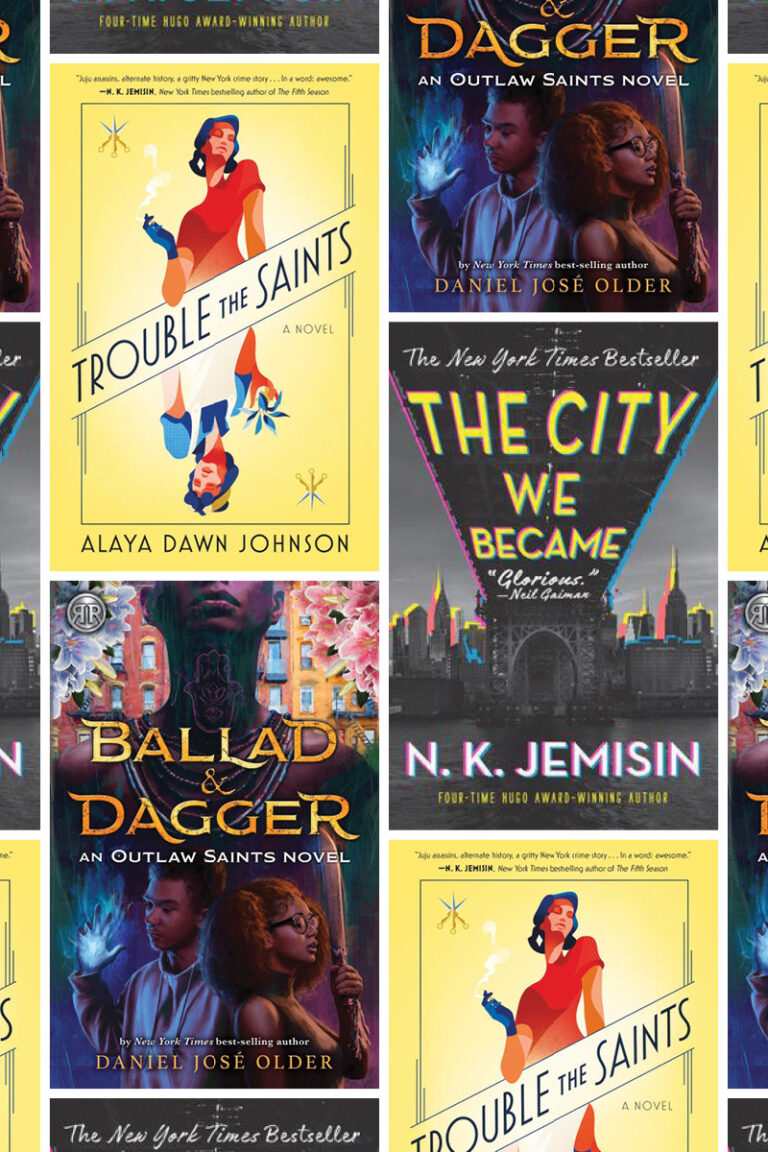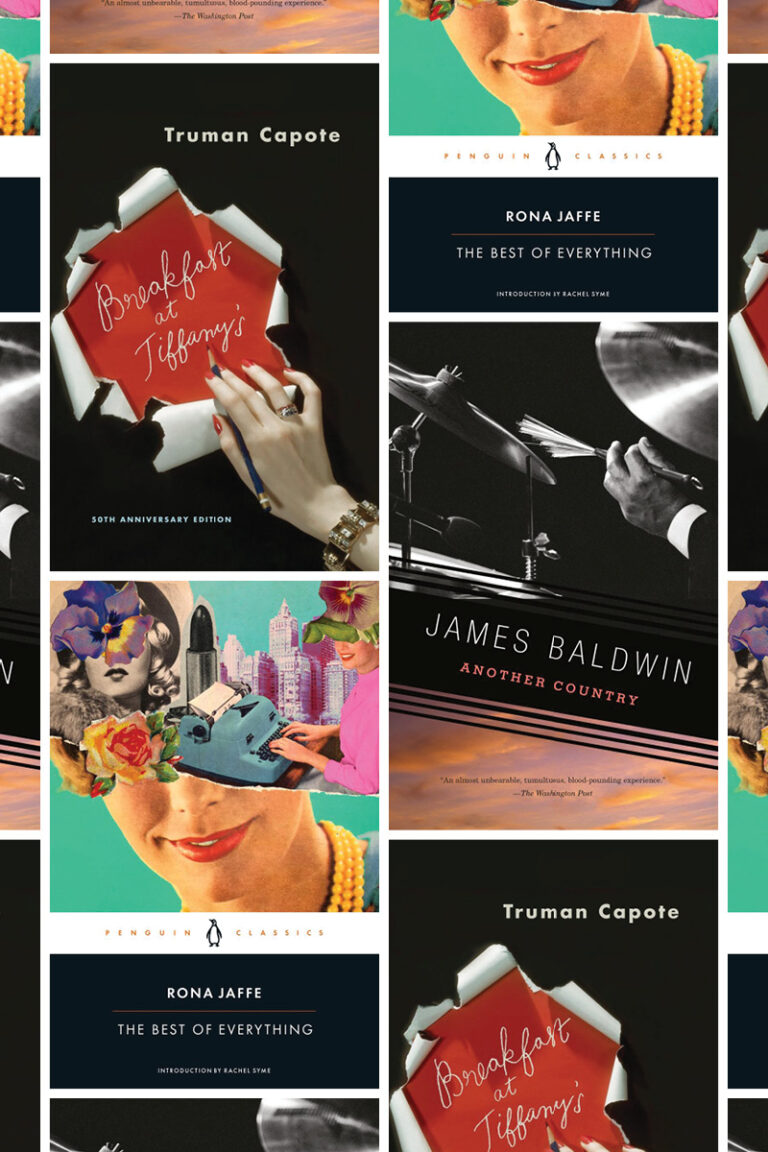$495
8 Sessions
Out of stock
Once a week Thursdays, 6:30 pm EDT - 8:30 pm EDT June 8 to July 27, 2023
Online via Zoom
As the great cronista Martín Caparrós once said: “Faced with the current media ideology, which tries to impose neutral language without a subject, which disguises itself as pure bearer of ‘the reality’, the Crónica that I am interested in uses the first-person not to talk about oneself but to point out there is a person who is watching, and who is telling the story. Believe him if you want, but never trust that what the person says is ‘the reality’—it is only one of many possible points of view, and that’s what makes the Crónica so political.”
The crónica has become the great genre of literary journalism in Spanish. Diverse, broadly free: it is the informative piece that uses the resources and techniques of fiction. In English, it is perhaps more commonly known as narrative journalism, literary journalism, or, simply, creative nonfiction. But the crónica is something bigger.
This workshop is for any journalist, memoir writer, or Latin American literature lover who wants to dive into the art of the crónica.
What is the difference between American narrative journalism (today’s New New Journalism) and crónica? Crónica is about the facts, but it is also about the person who tells the story. In this workshop you will learn why crónica can be emotional, resilient, empathic, and also political.
These virtues, rarely combined in the American form of journalism, can certainly improve your nonfiction writing. In this workshop, you will also learn how to identify a good story, conduct interviews, and perform research.
Course Overview
In this workshop we will read some of the best crónicas (translated from Spanish and provided by me): Rodolfo Walsh’s “Operation Massacre,” Martín Caparrós’ “Hunger,” Leila Guerriero’s “The Trace in the Bones,” Julio Villanueva Chang’s “Señor Socket and the Señora from the Café,” Alberto Fuguet’s “Missing (An Investigation),” Gabriela Wiener’s “Sexographies,” Óscar Martínez’s “The Hollywood Kid,” Joseph Zárate’s “An Ounce of Gold and Máxima Acuña Atalaya,” and more.
In each class session, we will study a particular technique or a narrative resource: i.e., the point of view of the cronista, or how to build real and exciting scenes.
There will be exercises according to these techniques and narrative resources. And on-the-spot feedback.
We will learn how different cronistas from across Latin America work—and their writing techniques. I will also show you step by step how I wrote some of my own award-winning crónicas.
This workshop is about crónica in all its dimensions: journalism, memoir, essay, Latin American literature.
Course Takeaways
- Learn how to write about facts with your own point of view, using “I” if necessary —without ego!
- Write and workshop (at least) one crónica of your own
- Analyze texts from 14 great nonfiction authors from Latin America
Course Expectations
Students will need to read in advance of class: they will have up to an hour and a half of reading assignments per week. And every week there will be writing exercises. They will be asked to share their writing with the class, and we will discuss everyone’s exercises as a group. I will read and provide oral critiques of students’ writing. They will be welcomed (but not required) to provide oral feedback on their peers’ work.
Course Outline
- Week 1: What is a crónica? From the 19th century to today.
- Week 2: Calibrating your point of view as a cronista. How to recognize a good story in the chaos of reality—and make the most of it? Workshop.
- Week 3: How to find the right tone for your crónica? Examples of tones in crónica. Workshop. How not to lose focus (this is one of the biggest challenges when writing crónicas)? Create your direction axis. Workshop.
- Week 4: How to do research for a crónica: archive, interviews, reading between the lines… Workshop.
- Week 5: Constructing scenes: experiences, details and hinge moments. Workshop.
- Week 6: Writing about reality in a hybrid, sincere way, without falling into commonplaces. Workshop.
- Week 7: First person. Develop your narrative voice. Workshop.
- Week 8: Ending the crónica. A general view.
Capacity: 12
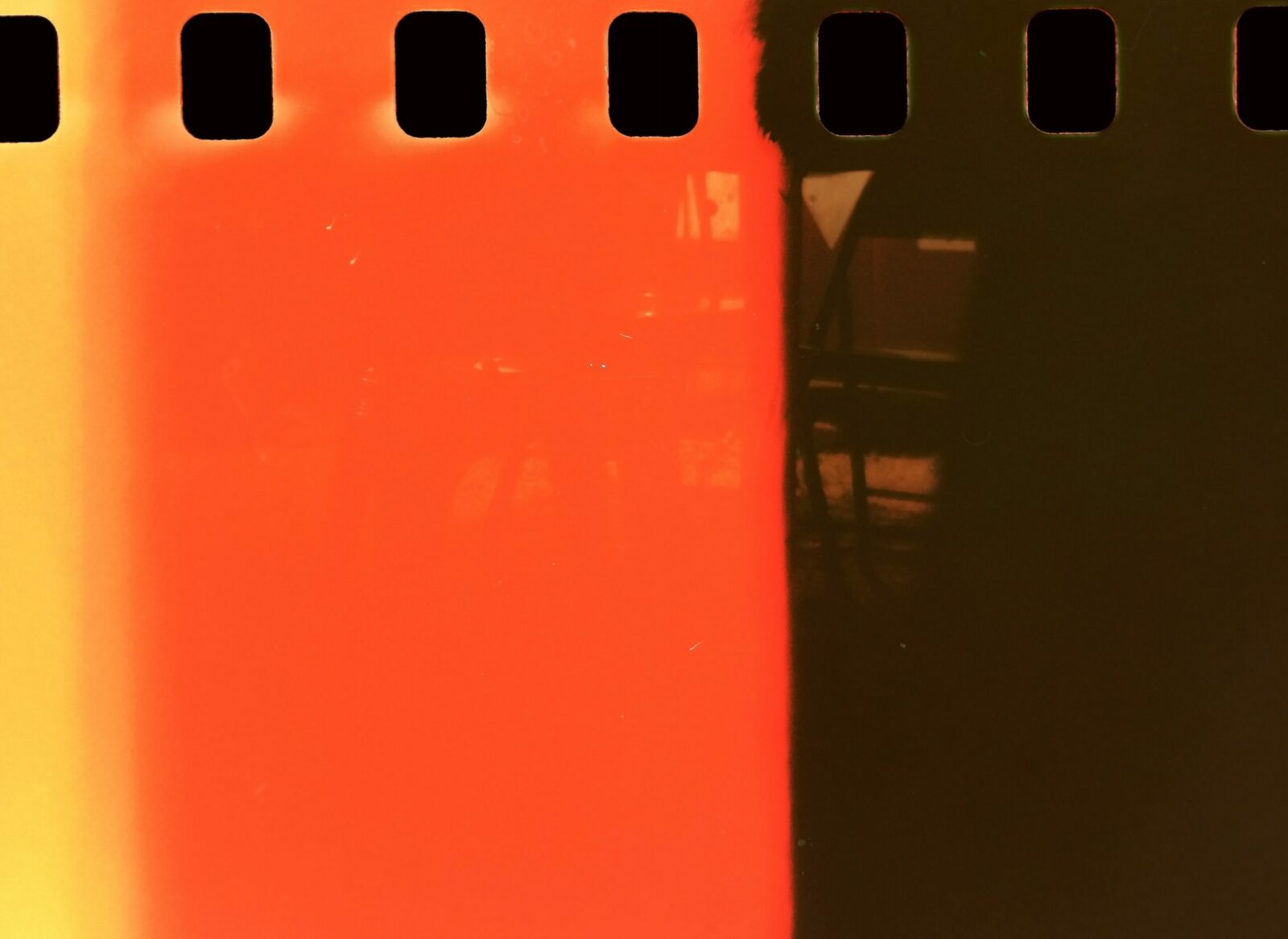
Led By
-

Javier Sinay
Javier Sinay
Javier Sinay is a writer and journalist based in Buenos Aires. His books include The Murders of Moisés Ville (Restless Books) and, in Spanish, Camino al Este, Cuba Stone (in collaboration) and Sangre joven, which won the Premio Rodolfo Walsh at Semana Negra de Gijón, Spain. His work is also in And We Came Outside and Saw the Stars Again: Writers from Around the World on the COVID-19 Pandemic (Restless Books).
In 2015 he won the Fundación Gabo Award for his story Fast. Furious. Dead., published in Rolling Stone. His work has appeared in the newspapers La Nación and Clarín, in Buenos Aires. He was also a South America correspondent for El Universal (Mexico) and deputy editor of Rolling Stone (Argentina). He has contributed with Gatopardo (Mexico), Etiqueta Negra (Peru), Letras Libres (Mexico), Reportagen (Switzerland) and Asymptote (Taiwan).
Every Tuesday he writes Sie7e Párrafos, a literature and pop culture newsletter.
He has taught workshops and seminars on nonfiction creative writing and narrative journalism in Argentina, Mexico, Peru, Ecuador, Chile, Bolivia, Uruguay, Spain, and the United States.
Photo Credit: Vera Rosemberg
By Javier Sinay
-
.

The Murders of Moisés Ville
By Javier Sinay
Published by Restless Books
Translated by Robert Croll
When Argentine journalist Javier Sinay discovers an article from 1947 by his great-grandfather detailing twenty-two murders that had occurred in Moisés Ville at the end of the nineteenth century, he launches into his own investigation that soon turns into something deeper: an exploration of the history of Moisés Ville, one of the first Jewish agricultural communities in Argentina, and Sinay’s own connection to this historically thriving Jewish epicenter.
Seeking refuge from the pogroms of Czarist Russia, a group of Jewish immigrants founded Moisés Ville in the late 1880s. Like their town’s prophetic namesake, these immigrants fled one form of persecution only to encounter a different set of hardships: exploitative land prices, starvation, illness, language barriers, and a series of murders perpetrated by roving gauchos who preyed upon their vulnerability. Sinay, though a descendant of these immigrants, is unfamiliar with this turbulent history, and his research into the spate of violence plunges him into his family’s past and their link to Moisés Ville. He combs through libraries and archives in search of documents about the murders and hires a book detective to track down issues of Der Viderkol, the first Yiddish newspaper in Argentina started by his great-grandfather. He even enrolls in Yiddish classes so he can read the newspaper and other contemporaneous records for himself. Through interviews with his family members, current residents of Moisés Ville, historians, and archivists, Sinay compiles moving portraits of the victims of these heinous murders and reveals the fascinating and complex history of the town once known as the “Jerusalem of South America.”
About this series
Writing Workshops
We strive to make our classes the most inviting and rewarding available, offering an intimate environment to study with award-winning, world-class writers. Each class is specially designed by the instructor, so whether you’re a fledgling writer or an MFA graduate polishing your novel, you’ll find a perfect fit here.


